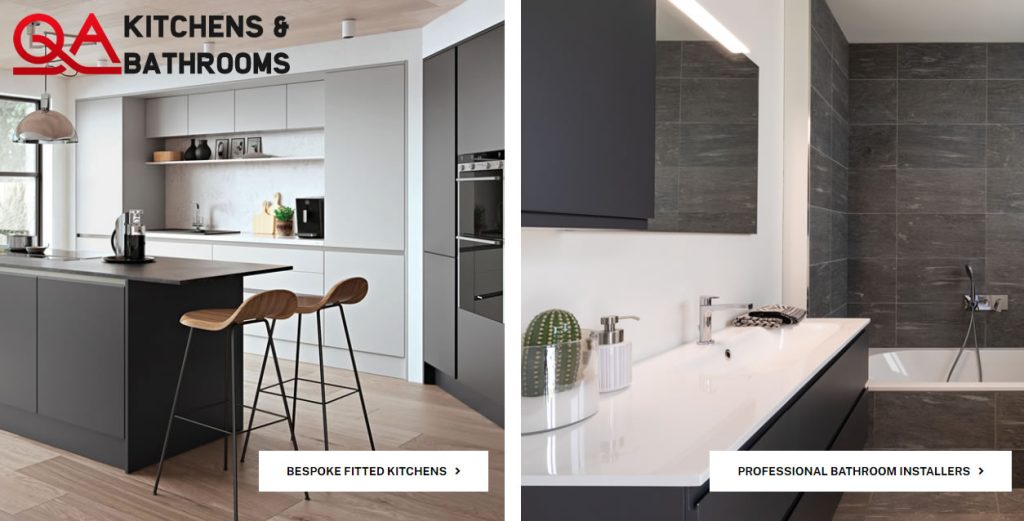Fitted kitchens are the heart of the modern home, combining functionality with style to create a space that is both inviting and efficient. Unlike freestanding units, Fitted Kitchens are designed to maximize every inch of space, offering a seamless and cohesive look that is tailored to your specific needs and preferences. The benefits of opting for a fitted kitchen include enhanced storage solutions, a cleaner aesthetic, and the ability to customize your space to fit your unique lifestyle.
Designing Your Fitted Kitchen
Understanding your space is the first step in creating the perfect fitted kitchen. This involves measuring your kitchen accurately and considering the most effective layout to optimize workflow. The choice between modern and traditional designs ultimately comes down to personal preference, but it’s important to select a color scheme and materials that reflect your style while ensuring durability and ease of maintenance.
Key Components of a Fitted Kitchen
Cabinetry and storage solutions are the backbone of any fitted kitchen, providing the necessary space to store your essentials neatly and efficiently. When it comes to worktops and surfaces, material options range from granite and quartz to laminate and wood, each offering different benefits in terms of durability and maintenance. Integrated appliances and smart kitchen technologies are also key components, offering convenience and improving the overall functionality of your kitchen.
Lighting and Ambiance
The right lighting can transform your kitchen, enhancing functionality and setting the mood. Task lighting is crucial for food preparation areas, while ambient lighting can create a warm and welcoming atmosphere. The ambiance of your kitchen can also be influenced by the choice of materials, colors, and textures, making it important to consider these elements carefully during the design process.
Budgeting for Your Fitted Kitchen
Budgeting is an essential aspect of the kitchen design process, requiring careful planning to ensure that you can achieve your dream kitchen without overspending. There are ways to save money without compromising on quality, such as choosing cost-effective materials or opting for fewer customizations.
Installation Process
The installation of a fitted kitchen requires meticulous planning and preparation. Choosing the right contractor is crucial to ensure that the work is carried out to a high standard, within budget, and on schedule. Understanding the timeline and what to expect during the installation can help minimize disruption and ensure a smooth process.
Maintenance and Care
Maintaining your fitted kitchen is essential to preserve its appearance and functionality over time. This includes daily upkeep as well as long-term care, focusing on the materials and surfaces that are most susceptible to wear and tear.
Trends in Fitted Kitchens
Staying informed about the latest design trends and technological advancements can inspire you to create a kitchen that is not only functional but also at the forefront of modern design. From minimalist cabinetry to smart appliances, these trends offer exciting possibilities for personalizing your space.
Conclusion
A fitted kitchen is a significant investment that can enhance the functionality, appearance, and value of your home. By carefully considering each aspect of the design and installation process, you can create a space that meets your needs, reflects your personal style, and stands the test of time.

